A Harvard psychologist recently declared that when dogs dream they are likely reliving their experiences with their humans. Those yips and kicks we see are their reactions to either pleasing us or annoying us in dreamland.
For better or worse, our dogs’ entire lives revolve around us. If they do not get enough of our time or that time is marred by unwarranted punishments, it can leave lasting emotional scars.
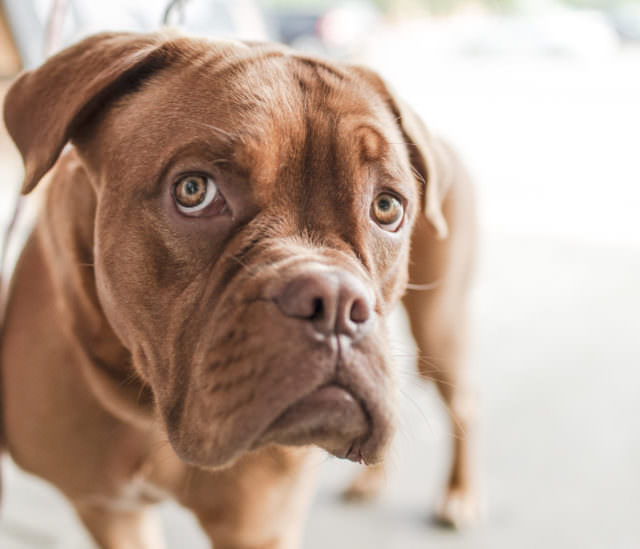
Dog owners usually make one of these 5 mistakes because they simply do not understand canine behavior. It’s important to know why dogs do the things they do in order to avoid inadvertently damaging your precious relationship.
1. Rubbing Their Nose In It
Think about it, you use the bathroom during the 6 – 10 hours that you are at work, right? Chances are your dog also has to go during that time, and sometimes he or she may not be able to hold it. Once a dog is potty trained, accidents in the house can be a sign of distress, physical illness, or simply going too long without a break.
Yelling or “rubbing their nose in it” will not teach your dog to potty outside, but it will teach him to fear you and unnecessarily hurt his feelings.
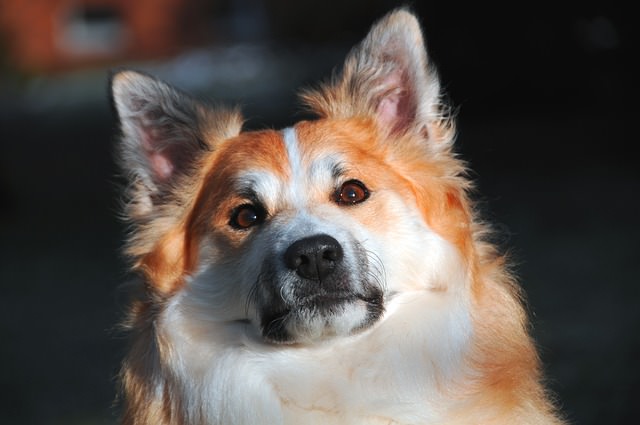
2. Not Providing Enough Playtime
It’s one thing to halfheartedly pat your pup on the head as you breeze through the door with an armload of groceries, it’s quite another to set aside designated one-on-one time. No matter how busy your life is, it’s important to prioritize time to do something your dog enjoys. Whether it’s 10 minutes of fetch, a nice evening walk or just cuddle time on the couch, a dog’s level of happiness depends on the attention they receive from their favorite humans. Installing a dog door may keep your dog entertained even when you’re busy, as long as you have a fenced-in yard.
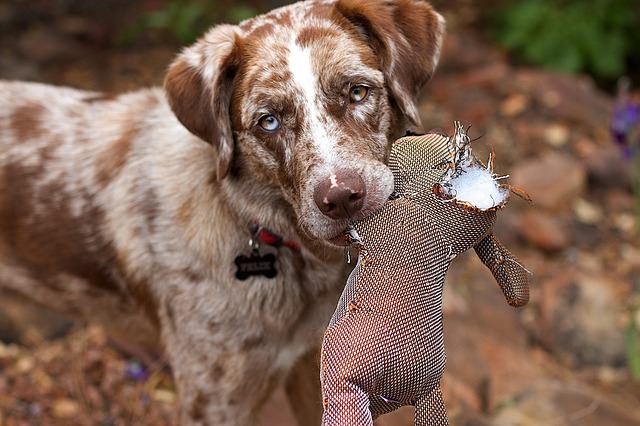
3. Punishing Fearful Behavior
Cowering, raised hackles, flattened ears, tucked tails and growling are all signs that your pup is not comfortable in a particular situation. What they need at these times is to be calmly and quietly removed from the upsetting stimulus. Yelling and over-assertiveness on your part will only escalate the situation. Fearful behavior can often be mistaken for aggression in dogs and vice versa, so if this is an issue you are dealing with, contact a professional trainer.
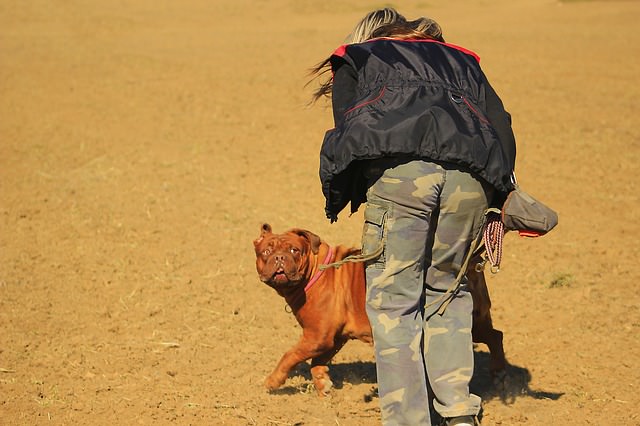
4. Being Inconsistent With The Rules
We are probably all guilty of this from time to time. It doesn’t matter whether you have one household rule for your dog or fifty. What does matter is remaining consistent. If sleeping on the furniture is a no-no, don’t decide to let your pup snuggle on the bed while you’re sick, then punish him the next day when he hops up for a nap! The same goes for leash-pulling, begging and jumping up.

5. Segregation From The Pack
The one thing on earth that will hurt your dog more than anything else is keeping him away from his family. Remember, you are his whole world! Some owners are unable or unwilling to provide the necessary training that dogs need in order to understand what is expected of them. These misunderstood pups are labeled “bad” and isolated to a kennel or backyard – possibly even abandoned.
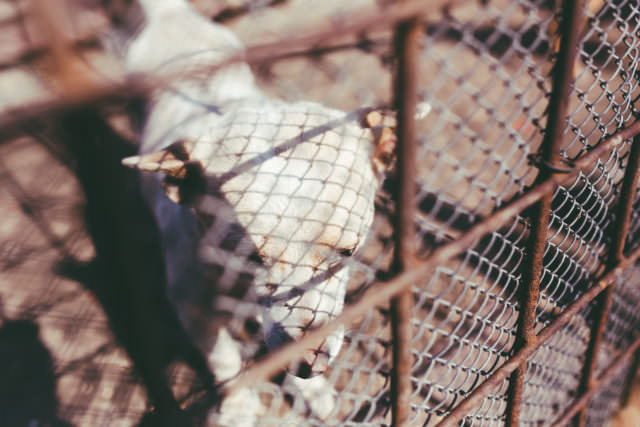
Dogs want to make us happy. More than treats or toys they crave our love and approval. If you are having trouble with your dog’s behavior, seek professional help from your veterinarian or an experienced dog trainer.
13 Things Humans Do That Dogs Dislike
We love our pups so much that it hurts to think we could be doing something that our dogs dislike. Or that makes them uncomfortable, sad, or scared. They love us so much in return that sometimes, they don’t make it obvious when we’re doing something they hate.
Since they can’t tell us, we’ve compiled a list of 13 things that humans do that dogs don’t actually like. But lucky for us, our favorite fuzzballs always find a way to forgive us–because that’s just who they are.
1. No Hugging (If They Feel Restrained)
This is not to say that all dogs dislike hugs. Some affectionate dogs will happily bask in any love that comes their way. For others, wrapping them in your arms may be interpreted as a sign of dominance, or make them feel trapped. Some will tolerate hugs from those they love and trust, but it doesn’t mean they like it. In the end, it really depends on their personality.
Observe his body language: pinned ears, stiff posture, and a tense expression means the dog is not enjoying the embrace. It is also VERY important to teach children not to run up and hug dogs that they don’t know. This lesson could prevent serious injuries!
Bottom line: you know your dog best. If he gets nervous when he feels trapped or is weary about getting hugs from strangers, make sure visitors know!
2. Dogs Dislike Commands With Too Many Words
We all chat with our dogs – and that’s okay! But we form such close bonds with our dogs, sometimes it’s easy to forget that they don’t understand most of what we’re saying! They’re smart creatures, but it’s easy to see why dogs dislike complex commands. For instance, trying to reason with them (“I’ll give you a treat if you’re good!”) is a futile effort. They may pick up on the words “treat” and “good,” then wonder why you haven’t tossed a snack their way!
To eliminate confusion, keep it simple and in the present when giving commands or directives. Use key words he knows (good, treat, walk, play etc.), tone, and body language, and you’ll have a better chance at getting the message across.
3. Please, No Yelling
Yes, dogs need limits–but you’ll be more successful by encouraging good behaviors rather than scolding them when they’re bad. We all know dogs dislike loud noises of any kind – vacuum cleaners, thunder, motorcycles. Yelling will make them anxious or scared, or maybe even completely desensitized to it. Most of the time, they won’t even know what you’re saying.
An example of positive reinforcement: when your dog steals your socks, rather than scolding her, instruct her to drop it, then reward her once she does. (Your patience will earn you a better behaved pup in the long run!)
4. When Their Lives Are Lacking Structure
As mentioned above, your dog needs limits. This structure is comforting to them, as animals thrive in a routine, like eating meals, going to the bathroom, and going on walks around the same time each day. You might crave a little spontaneity in your day, and your dog may enjoy the occasional surprise trip to the park, but most dogs dislike not knowing when to expect meals, or when he’ll get to go outside again.
To that, regular exercise is imperative to prevent dogs from acting out. How would you feel if you were housebound all day?
5. Dogs Dislike Us Touching Their Faces
Again, you know best how to tell what your dogs dislike! Some dogs love their faces being gently stroked by their loved ones. On the other hand, some dogs will tolerate fingers near their faces but don’t enjoy it, especially if the petting is too rough or unpredictable. If you’re about to pet a dog you just met, zones that tend to be safest are the neck, shoulders, or chest – at least until you get to know them a little better!
6. Unwelcome Eye Contact
We dog owners know we can gaze into the eyes of our pooches–in fact, it can be a sign of love. When a dog doesn’t know you it can be interpreted as a challenge or threat. Avoid eye contact with dogs you don’t know!
7. Not Letting Them Sniff Their Surroundings
Scents are a dog’s main source for gathering information about the world. For them, a nice walk with lots of sniffing (and marking) is their version of hopping onto social media and checking out what’s going on with the neighborhood pups. When you drag them away, consider it like someone shutting off your computer as you were browsing your newsfeed. Try to be a little more sensitive to your dog’s sniffing obsession next time you’re on a walk.
8. Dressing Them Up In Costumes
This is another one that many dogs tolerate more than enjoy. (But again, there are always exceptions.) When the weather gets chilly, try getting them used to light sweaters and jackets to keep them warm.
Observing humans tend to ogle and laugh at canines in costumes. A few may love the attention, but many dogs dislike it, and may feel confused (and ultimately, anxious) at these reactions. At the end of the day, silly costumes make (most) dogs uncomfortable in one way or another.
9. Forcing Them Into Scary Situations
Whether they’re afraid of the vacuum, a particular person, or a place (like the vet!), forcing your dog to “face her fear” is not effective, and can even be counterproductive.
The best approach is to gradually expose the pup to the stimuli at a distance where she’s comfortable, rewarding her for remaining calm, and getting closer as she get more used to the “trigger.” (Here are some great tips about getting fearful or anxious dogs to calmly ride in the car, but they can be applied to different stimuli.)
10. Dogs Dislike Strong Smells
The dog nose knows! As they’re between 10,000 – 100,000 times more sensitive to scents than human noses, you can imagine that the strong smells of cleaners, products, and perfumes can really bother your pooch. Dogs dislike overwhelming smells even more than people do. When using anything that has a strong odor, make sure your dog is at a distance from the source of the smell, so as not to assault his nostrils.
11. Seeing You In A Bad Mood
You hate when your dog is down, and likewise, your dog dislikes when you’re down. Your dog knows how yoy’re feeling, whether you’re angry, sad, or stressed! She can adopt your feelings, and even get physically ill if there’s no sunshine to break through a gloomy spell. Everybody has bad days, but luckily, it’s hard to be upset for too long when our dogs are around since they bring so much joy into our lives.
12. When We Leave Them Alone Too Much
Dogs are pack animals, and they live for you! If you spend many hours a day away from your dog–then ignore him once you’re home–he will be one sad (and perhaps, vindictive) pup!
Almost everyone has to work long hours at some point, but make sure you spend time with your pooch once you’re home. And if your schedule is always hectic? Dog sitters or doggy daycare may help stave the loneliness. However, for a pooch, there’s nothing like one-on-one time with her favorite human.
13. Dogs Dislike Being Surrendered To A Shelter
Dogs become completely heartbroken when surrendered by families that they know and love. Imagine: being kicked out of your home and having no idea why you’re no longer wanted.
For us dog lovers (if you’re reading this, you must be one!), we cannot imagine subjecting our pups to such a fate. But because we empathize with these amazing animals, we cherish our own dogs, and even help the ones that need homes!
By following these tips, you can make sure your dog is living the happiest life possible.
These useful tips were compiled from about.com and mnn.com.
5 Ways To Tell Your Dog That You Love Them In Their Own Language
Pup parents know that our dogs love us deeply, even though they do not express it in the same manner as humans do. Recently, behavioral research saddened dog lovers when it showed that most dogs don’t like to be hugged.
That’s not to say that our pups don’t enjoy receiving affection; they live for our love and approval! Try showing them your devotion in a language they can understand.
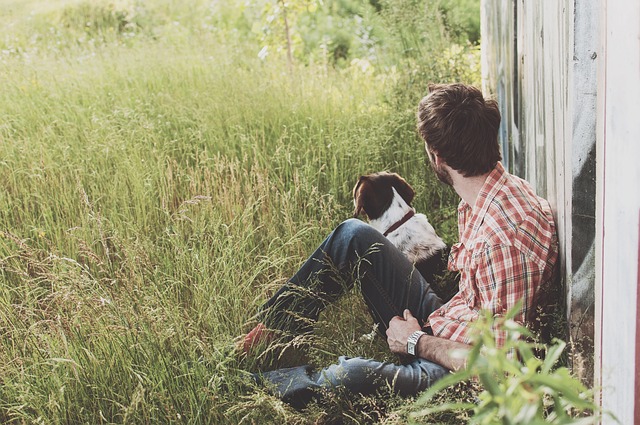
1. Gaze Deeply Into Their Eyes
Dr, Brian Hare, Professor of Cognitive Neuroscience at Duke University topped the NY Times best seller list with his book, The Genius of Dogs. In an interview with Anderson Cooper this past Spring he told the dog-loving newsman that when your dog stares at you he is “hugging you with his eyes.”
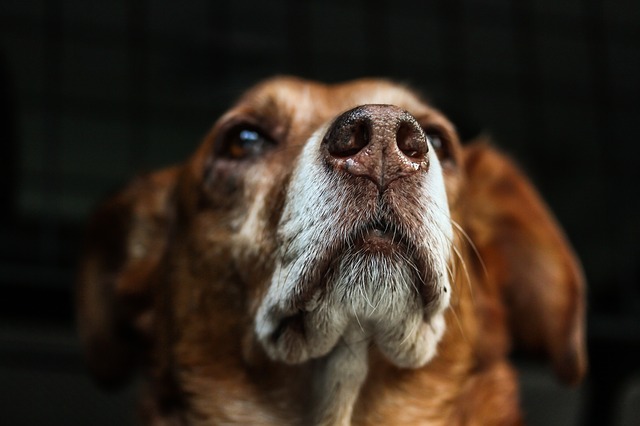
This doesn’t mean you should stare deeply into the eyes of the dog that guards your local junkyard! Direct eye contact is still considered a challenge or threat in many situations. But with your own, trusted pet, try gazing into his eyes when the two of you are calmly relaxing.
Speak softly, stroke him gently and maintain eye contact. According to Hare these quiet moments stimulate the release of Oxytocin in the canine brain – the same hormone that bonds mother and child.
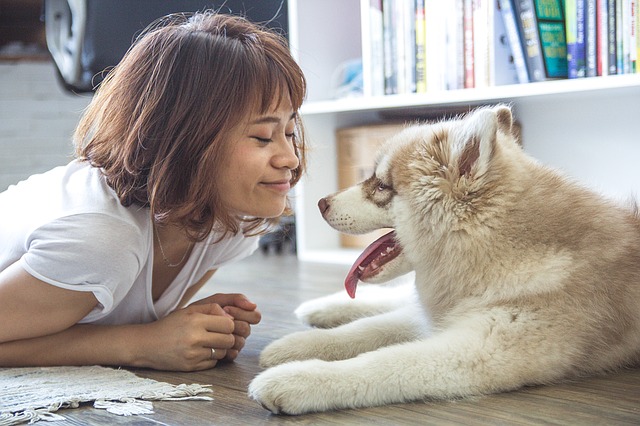
2. Raise Your Eyebrows
A Japanese study published in the September 2013 volume of Behavioral Processes found that dogs raise their eyebrows – especially the left one – when greeted by their owners. Using a high speed camera, they scrutinized the facial movements of the dogs when seeing their owners vs. seeing strangers.
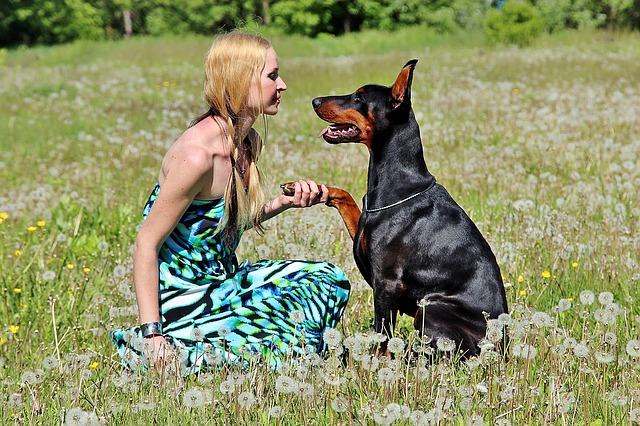
When the strangers came along to greet them, the test dogs displayed far less facial activity and most of it was right sided. The significance is that the right brain controls the left side of the face and is tied to emotion, while the left brain controls the right side of the face and is tied into analytical behaviors.
Basically, the more facial activity you display when greeting your dog, the more they know they are loved. If you are able to raise one eyebrow (sadly, I cannot) then make it the left one. Your pup will really feel special!
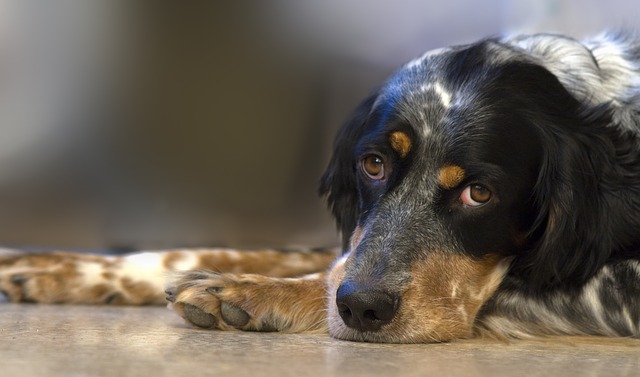
3. Lean on Them
Not just figuratively, actually press your weight against your dog physically. Not to the point where he feels cornered (or crushed!) just a little to show that you trust him. This is something our pups do to display their affection for us that is often overlooked.
Have you ever had your pooch press up against the backs of your legs while you’re busy in the kitchen? That’s a type of dog hug! Try giving him one right back.
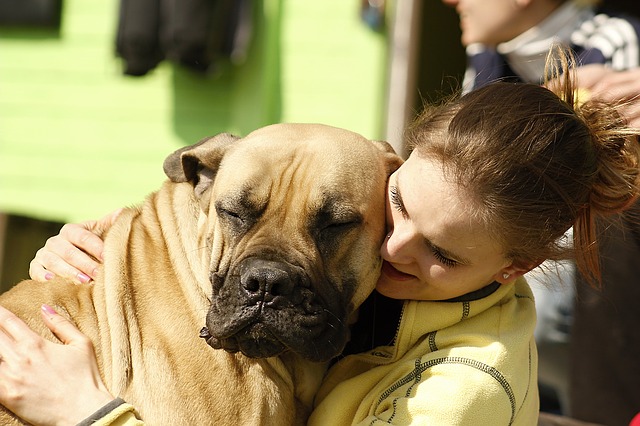
4. Let Them Sleep With You
Emory University neuroscientist Gregory Berns is the author of How Dogs Love Us and he has spent decades studying the canine brain using MRI. According to his research, sleeping with a human is the ultimate display of love and trust our dogs can give because that is when they are at their most vulnerable.
It also shows that they consider us a member of their pack. If you have a No Dogs in Bed policy, try snuggling up on the sofa or the floor for a few minutes each day to show your affection.
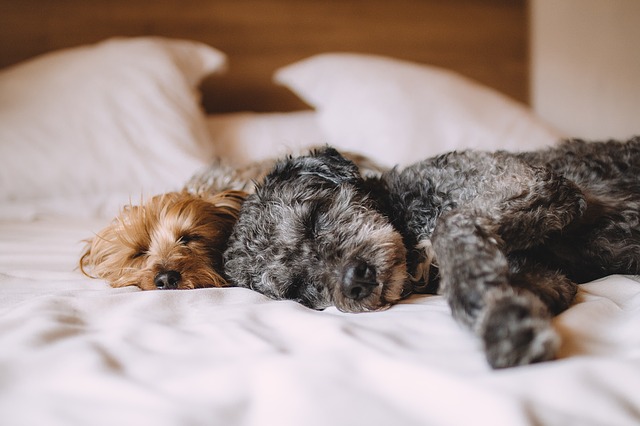
5. Just Be Yourself
Throughout his extensive research Dr. Berns has found that although it’s sometimes hard for us to tell what our dogs are thinking, they definitely do not have the same problem reading our emotions! If your love is true for your pups, they already know it just by reading your voice, body language and actions. So just keep doing what you’re doing and your dogs will reward you by showing their affections in their own special ways.
This Is How Your Dog Chooses Their Favorite Person
You would think that a dog’s favorite person would be whoever gives them the most food and attention, right? While that is often the case, it’s not always that simple.
Maybe you have a friend or family member that your dog loves so much they would knock you over to get to them. Why is that? It turns out that there are several factors that can influence your dog’s decision about who their favorite person is. Here are a few of them.
1. Who they socialize with early is a big factor
For dogs, their key socialization period is from birth to six months. Puppy brains are very receptive at this age, so the social experiences they have as puppies influence them for the rest of their lives. It’s important for puppies to have a wide variety of positive interactions with a wide variety of people, places, and things.
If, for example, you adopted your dog at an older age and they were raised by a single female for the first six months of their lives, they may be much more comfortable around women and may have a difficult time bonding with men since they weren’t introduced to them at a young enough age. That could influence who they bond with as an adult.
It’s never too late to start socializing your dog. The more experiences they have and the more people they meet, the easier it should be for them to warm up to others in the future.
2. Attention and affection improve bonds
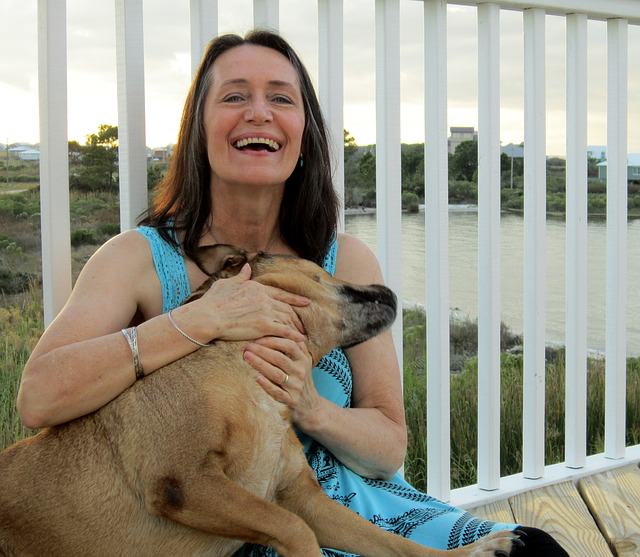
You might be the one to walk and feed the dog, but if your partner gives the dog more time, attention, and affection than you, they may favor that person. While the amount of attention and affection you give your dog makes a difference, the quality of attention may be the deciding factor. A half hour walk, for example, is not the same to your dog as a half hour interactive play session with you.
3. Positive associations are huge
Why do we give treats to our dogs when we’re training them? It’s so they develop a positive association with following commands. Obey the command, get a treat. Any time they enjoy something, they will form a positive association with the person who gave them the thing or experience that they enjoyed. Your dog’s favorite person might just offer something nobody else does or can.

How to become your dog’s favorite
If you believe you aren’t your dog’s favorite person, but you would like to be, there are some things you can do to improve your bond with them. The best thing to do is spend at least 30 minutes of focused, one-on-one time with your dog every day. This time should be spent doing something active such as playing fetch or tug, having a training session, or trying a new sport such as agility or flyball where you and your dog can work together as a team.
(H/T: Rover)
5 Reasons To Talk To Your Dog On A Daily Basis
Conversations with your dog are one-sided, but you don’t need a verbal response to know talking to your furry best friend is a good idea. No matter how silly you think you sound, striking up a conversation while you’re out on a walk, cuddling on the couch, or preparing dinner has benefits you probably don’t know about.
Yes, your neighbor might think you’re crazy, but if they have a dog of their own, they should be doing it too. In fact, while not every dog owner will admit it, most people with good relationships with their pets find it natural to start chatting it up with their canines.
If that sounds like you, keep up the good work. And if you’re hesitant to start the conversation, here are a few reasons why talking to your dog on a daily basis is important.
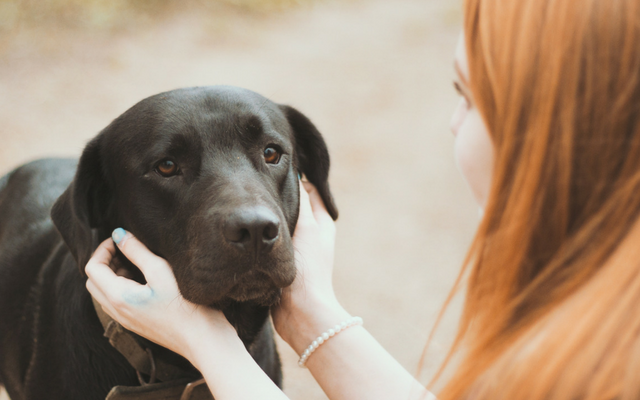
1. Talking Improves Your Bond
The bond between a person and their dog is a powerful thing. The potential for a relationship based on mutual love and respect is one of the main reasons why people adopt dogs in the first place. Anything that bolsters that bond is something dog owners should be interested in. Some dogs open their hearts after the first belly rub, but a real, enduring bond will take time and effort. Your dog needs to feel perfectly comfortable around you, and part of that is being used to hearing your voice.
Talking to your dog while you’re doing other things is a way to keep them engaged. There are plenty of active bonding moments during your day, like when you’re out exercising or teaching them a new trick, but talking can turn even the laid-back parts of the day into bonding opportunities. Listening to you tell them how pretty and smart they are initiates communication and gives your dog a reason to pay attention to you.
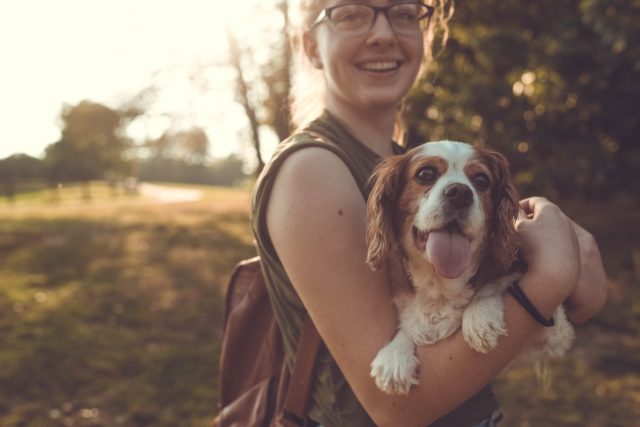
2. Human Speech Can Be Interesting
If you drone on about how awful your boss is, there’s a good chance your dog is barely paying attention. Your voice is probably a familiar-sounding buzz of background noise, and they’ll only start actively listening if they hear a word they recognize. Telling your dog about your day is good, but it’s even better to talk to them about things they can relate to and understand. They don’t speak the same language, but they’ve learned how to recognize dog-related speech, and studies show they enjoy listening to it.
Researchers at the University of York in the UK recently published a study about how dogs respond to human speech. They wanted to know if dogs can tell the difference between human and dog-related language and whether they benefit from one over the other. To find out, they performed experiments where people talked to dogs in different tones and about different subjects. They tested both “normal” tone of voice and the high-pitched kind of speech we humans can’t help but use when talking to babies and pets. They also switched up the content of the conversations between subjects unrelated to the dog and topics the dog could recognize. Those topics included phrases like, “Do you want to go on a walk?” and “You’re such a good dog.”
They measured the dogs’ responses to each combination of tone and content, and they found their canine conversationalists were most interested when speakers used dog-relevant words, and they remained actively engaged in listening when they thought the conversation was directly related to them. They learned that if you really want to engage your dog’s mind, regularly talking to them with words they understand is a good way to do it.
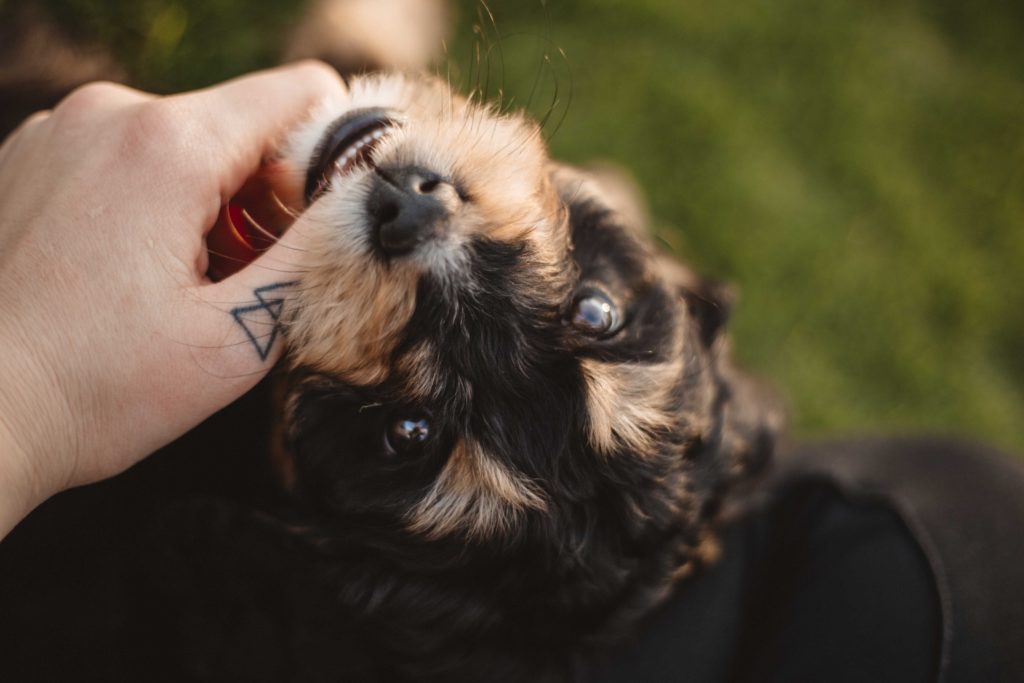
3. It’s Good For Human Health
Your dog will pay the most attention if you use words they understand, but chatting with your pet isn’t only about them. Talking is a way for people to put their problems out in the open. Your dog doesn’t need to respond or offer their advice to help you work your way through a difficult situation. Simply talking about it out loud to a nonjudgmental audience is helpful. It helps you look at a situation objectively, and talking it through allows you to reflect on the facts and work your way toward a solution.
Talking to dogs is a technique many therapists and psychologists use when helping people cope with difficult situations and manage conflict resolution. Children often feel more comfortable directing their stories toward a dog than they do an adult, and people who have survived traumatic experiences find comfort in a dog’s listening skills. Dogs are the best kind of soundboard, and talking to your pet about your daily problems is a good way to vent and maintain mental health.

4. Dogs Learn Through Repetition
You and your dog don’t speak the same native language, but dogs are expert linguists. They’ve learned to adapt to life with humans, and a big part of that is learning our language. They don’t understand things like sentence structure and grammar, but they can easily catch on to vocabulary.
A Border Collie named Chaser has proven she understands over one thousand words, and she can even respond appropriately to simple sentences. Chaser is a known brainiac, but even the average dog has the mental capacity to learn a long list of human words.
Some of the words your dog understands were explicitly taught to them, like “sit” and “stay.” There are also words they learned all on their own, like “ball,” “treat,” and “bath.” No matter which category the word falls under, the key to a dog’s understanding is repetition. They only learned “sit” because you said it over and over again during training. And they learned “treat” because it’s what you say before you hand over a delicious morsel.
Listening to you is the best way your dog knows how to learn, and every time you open your mouth, there’s opportunity for them to learn more. They’ll start picking up on words you say frequently, and that better understanding of your language will lead to improved communication between dog and person.
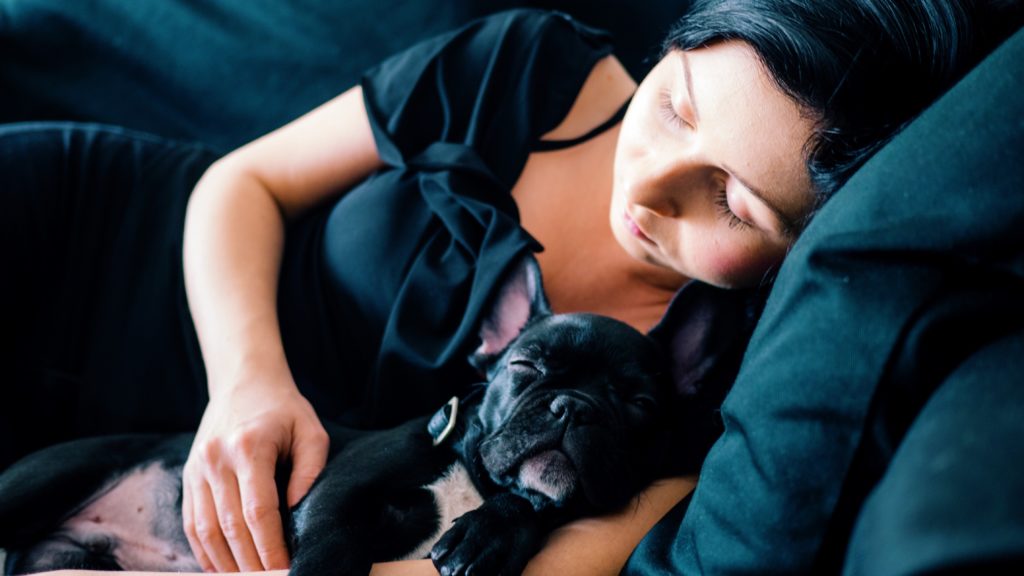
5. It’s Not All About Spoken Language
Words are only a small part of communication. When you talk to a friend, you string words into sentences, but you also use tone and body language to get your point across. Your face contorts into specific expressions that reflect your mood, you wave your hands for emphasis, and your tone of voice is more honest than the words you say.
Learning vocabulary is a lot of work for a dog, but they pick up on emotional cues a lot easier. They can tell what kind of mood you’re in by watching your face while you talk and listening to the slight changes of pitch in your voice. There’s a difference between human and canine body language, but they put all the pieces of the communication puzzle together to accurately figure out the basics of what you’re thinking. With time, they’ll learn to recognize the nuances between canine body language and human body language, and it’ll all lead to better understanding and communication.
The next time your neighbor catches you having an enthusiastic conversation with your dog, start spouting off these facts to kindly inform them of the benefits of talking to dogs. Whether you’re telling your pup about your dinner plans or going into detail about how wonderful they are, your conversation is an important part of your dog’s day. Making an effort to talk to them on a regular basis shows everyone, even that nosy neighbor, that you and your dog are the best of friends.
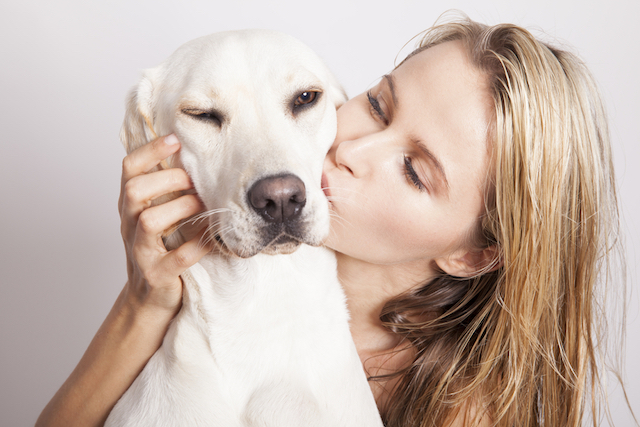
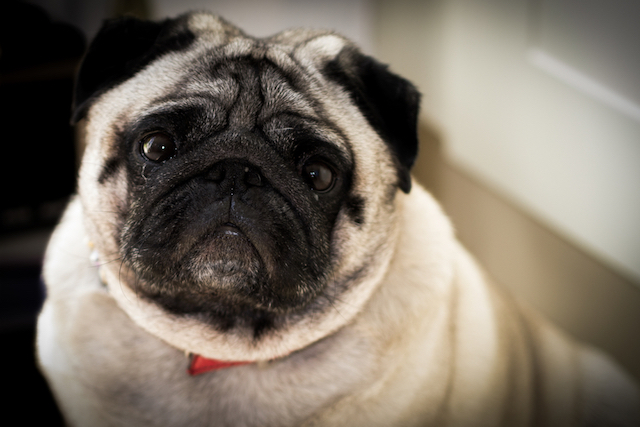
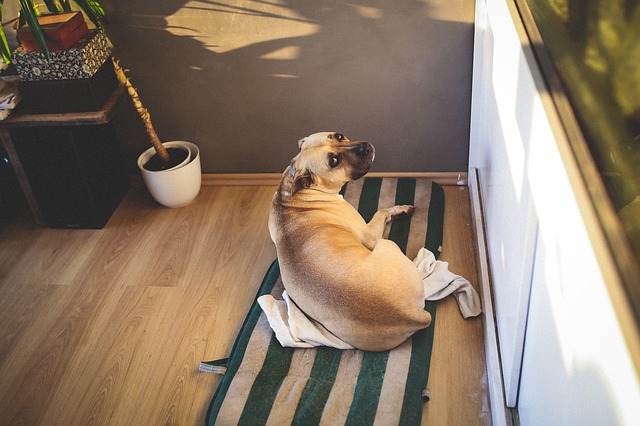
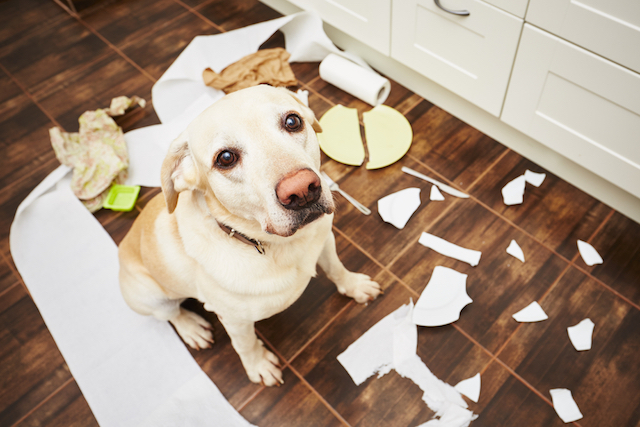
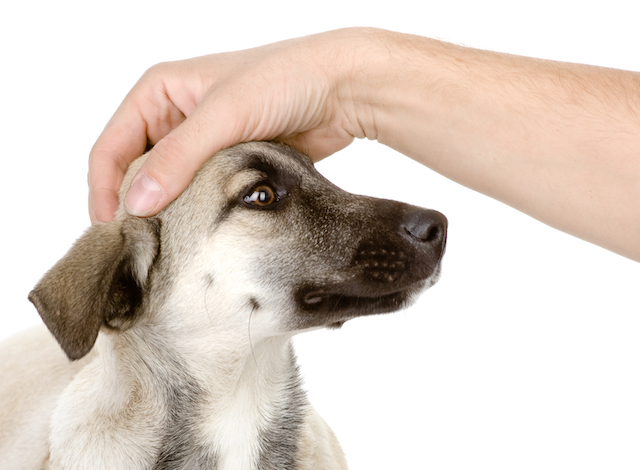
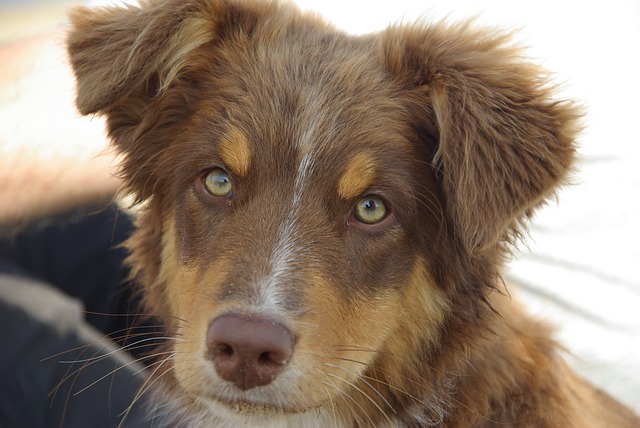
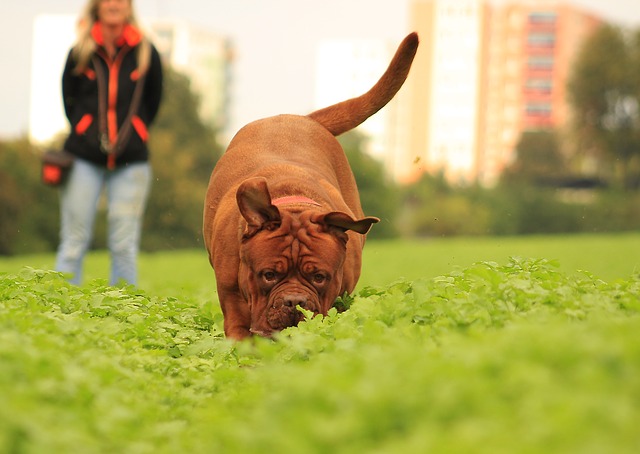
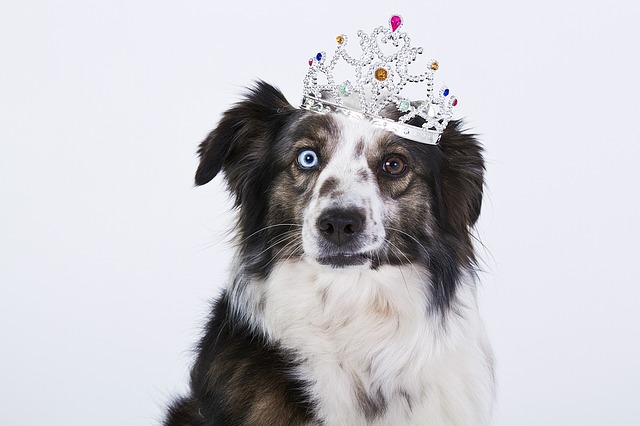
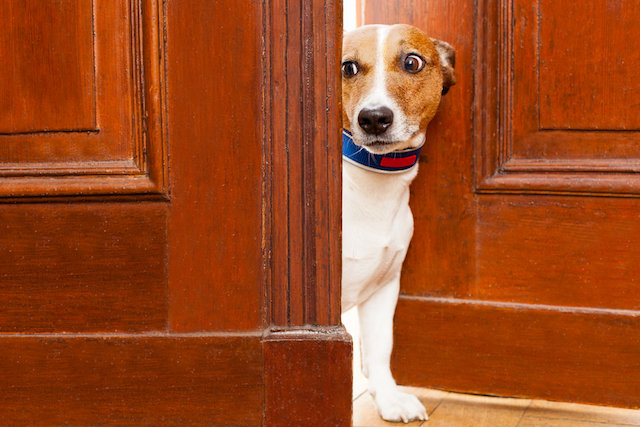
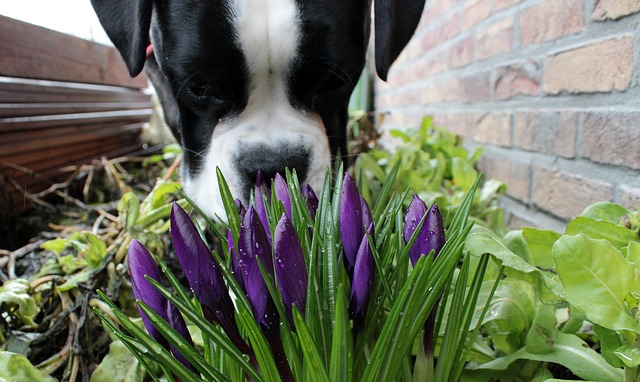
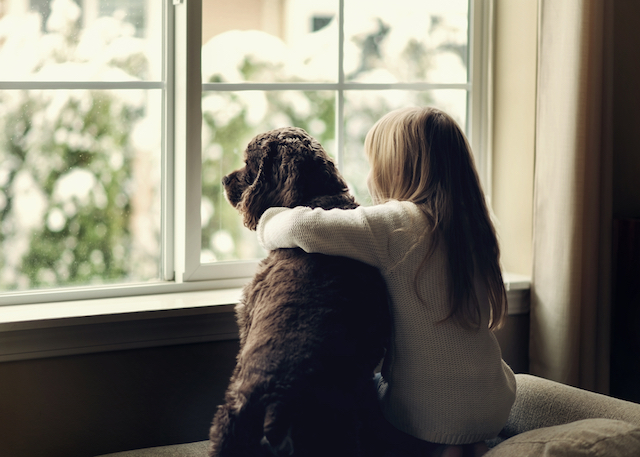
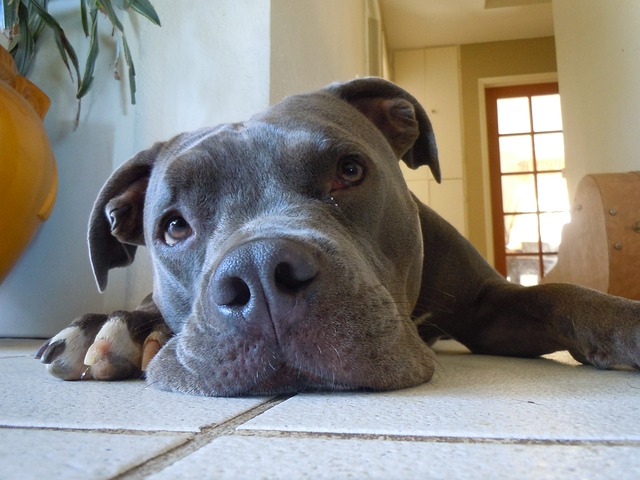

 Toledo, United States.
Toledo, United States.
